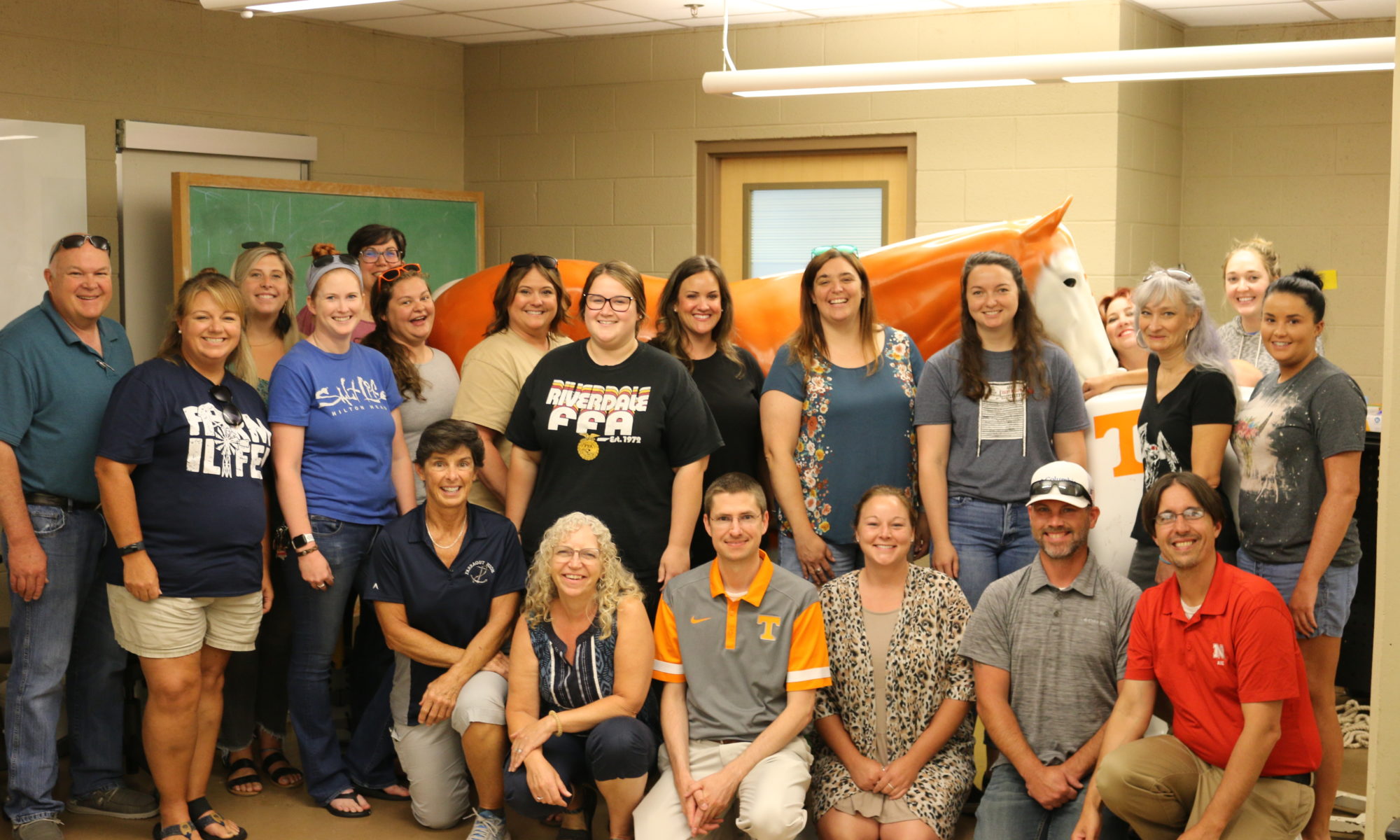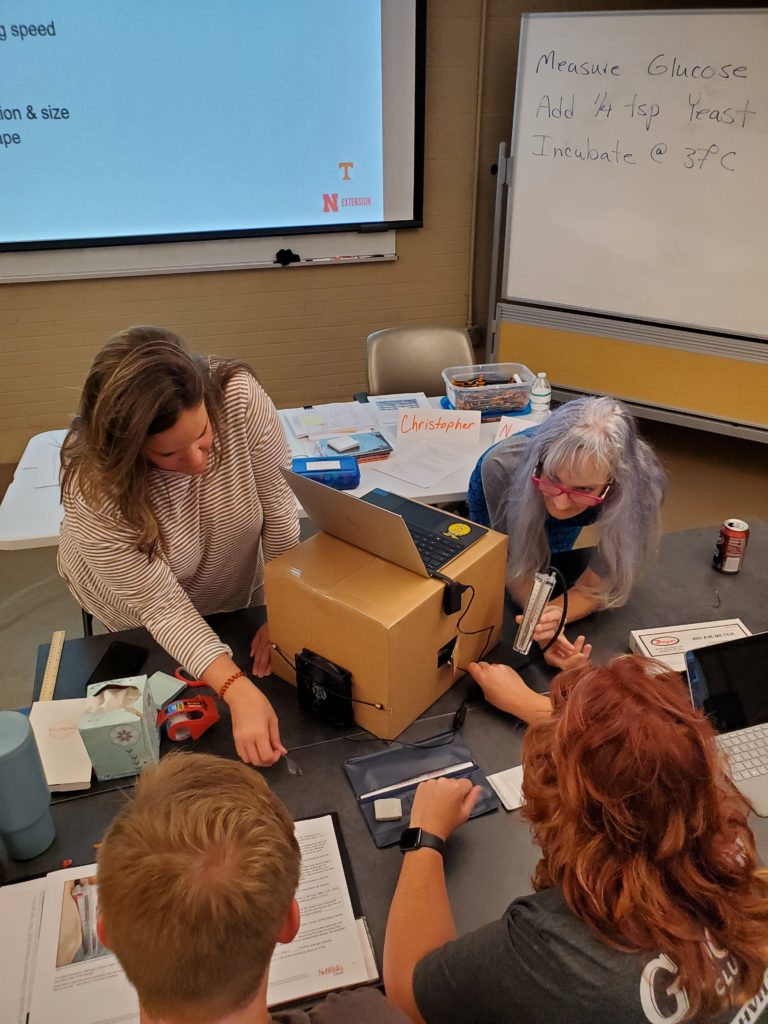
Written by Jordan Richardson, sophomore
During the summer, the Department of Agricultural Leadership, Education and Communications hosted a Science and Agriculture Academy, which focused on enhancing science and agriculture literacy through inquiry-based professional development for science and agriculture teachers. The team behind this USDA grant-funded project includes faculty from the department at UT, including department head Christopher Stripling, and the Department of Animal Science at the University of Nebraska-Lincoln, including Bryan Reiling and Nathan Connor.
The academy was attended by thirty-two agriculture and science teachers from Tennessee and Nebraska. Teachers had the opportunity to work one-on-one with faculty from the departments and fellow teachers during a five-day face-to-face learning experience.
This USDA grant-funded program generates a community of secondary science and agriculture teachers who receive two years of professional development and instructional support. The program intends to increase awareness of the multidisciplinary nature of agriculture and related degree and career opportunities in food, agricultural, natural resources, and human sciences.
The learning experiences were hosted in Knoxville, Tennessee, in June and in Lincoln, Nebraska, in July. The community of teachers learned how to create and implement inquiry-based learning pedagogy into their classrooms to stimulate scientific and agricultural interests among their students.

When asked about her experience with the academy, alumna and agriculture teacher Ashley Coutta from Riverdale High School responded, “people don’t always see the science side of agriculture, so it has been a great experience to attend a professional development where science and agriculture teachers are working together on the same content and learning how science impacts agriculture, and vice versa. For example, I would have never taught about the physics of air flow or air pressure and the impact on animal facilities, but now I have a scientific understanding to bring into the agriculture classroom.”
